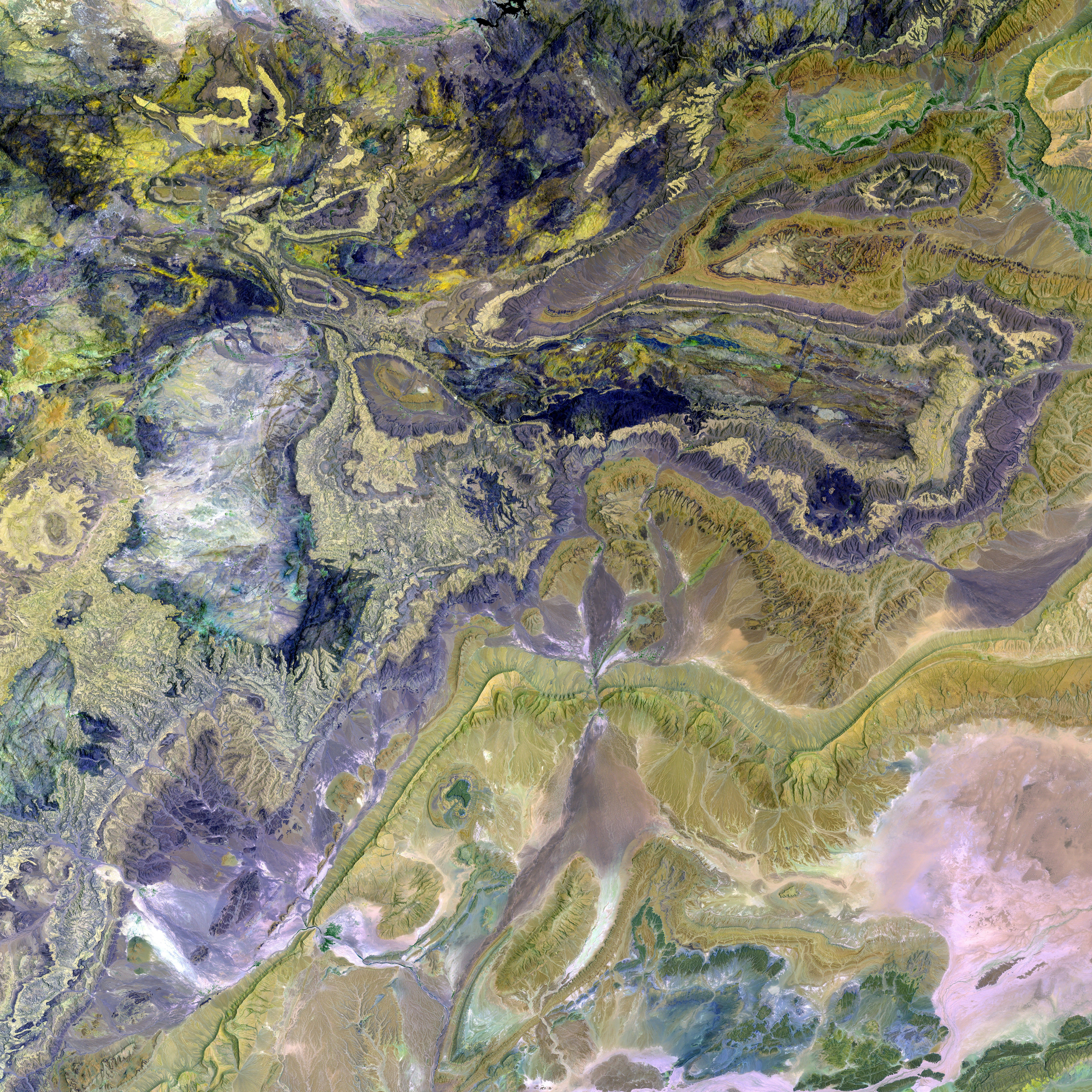NASA Requires Development of Moon-Proof Gloves and Footwear Capable of Enduring Frosty Lunar Temperatures
NASA is gearing up for its next lunar expeditions, with a focus on ensuring astronauts remain comfortable in the frigid regions of the Moon's south pole. To this end, NASA engineers are testing the thermal capabilities of the new spacesuits intended for lunar surface exploration, prioritizing the gloves and boots.
The Cryogenic Ice Testing, Acquisition Development, and Excavation Laboratory (CITADEL) has been repurposed from testing robot parts for unmanned missions to assessing human-worn equipment. This facility, which can chill down to -370 Fahrenheit (-223 Celsius), has four load locks to maintain a chilled vacuum state and a robotic arm for testing purposes.
"We're concerned with the risks astronauts face when venturing into permanently shadowed regions," explained Zach Fester, an engineer with the Advanced Suit Team at NASA Johnson and the technical lead for boot testing. Gloves and boots are of particular importance due to prolonged contact with cold surfaces and tools in these areas.
CITADEL, housed at NASA's Jet Propulsion Laboratory, was initially developed for testing robot parts for missions to icy celestial bodies, but now it serves as a vital tool for preparations for manned Moon missions. The testing process simulates lunar conditions with abrasion testing, lunar regolith-like material, and aluminum blocks representing tools.
Instead of using astronauts for thermal testing, NASA now employs a custom-built manikin hand and foot for testing inside CITADEL. The manikin's appendages have a system of fluid loops that simulate warmth and are equipped with numerous temperature and heat flux sensors.
In the past, astronauts were subjected to holding frigid objects inside chilled glove boxes to assess thermal properties. The ongoing tests in CITADEL will help NASA establish criteria for its next-generation spacesuits' thermal performance.
NASA aims to land astronauts on the lunar surface for the first time since the Apollo era with the Artemis 3 mission, which is scheduled for 2027. The Artemis crews will explore the Moon's south pole, known to harbor potential water ice in permanently shadowed regions, but presenting harsh environments due to extreme temperatures and sunless areas.
The new, fashionable spacesuits developed by Axiom Space for Artemis missions enhance mobility and protection against lunar conditions. The gloves tested so far in CITADEL have demonstrated inadequate thermal performance, while the testing on boots is still being analyzed. The ultimate goal is to identify and address potential weak points in the existing spacesuit gear to ensure safe and effective lunar exploration during the Artemis missions.
- The Cryogenic Ice Testing, Acquisition Development, and Excavation Laboratory (CITADEL) has been reimagined for testing human-worn equipment as part of NASA's preparations for manned Moon missions, shifting focus from robot parts intended for unmanned missions.
- In the pursuit of preventing thermal risks during lunar exploration, NASA engineers are now employing a custom-built manikin hand and foot for testing inside CITADEL, replacing the use of astronauts for thermal testing.
- With the Artemis 3 mission planned for 2027, NASA's objective is to identify and address potential weak points in the existing spacesuit gear, particularly in the gloves, by using data from CITADEL tests to establish criteria for the next-generation spacesuits' thermal performance.
- The South Pole of the Moon, known for its potential water ice in permanently shadowed regions, presents extreme temperatures and sunless areas, making it crucial for the future of space exploration, health-and-wellness, and technology to ensure efficient and comfortable spacesuit performance.




